Australia, and the entire Western Pacific Region, was officially declared polio-free in 2000, despite Australia’s last polio-endemic case occurring almost 40 years prior, in the early 1960s. For two generations, Australians and the majority of the developed world, have lived without the constant fear of the debilitating disease.
Today, in 2021, polio only remains present in Afghanistan and Pakistan, with each nation recording just one case so far this year.
Australia’s 40,000 polio survivors want everyone to know, however, that polio is not over; that as long as one polio case exists, the world remains at risk. It's also vital to understand, they explained, that polio continues to affect their lives, with many now living with post-polio syndrome — a variety of symptoms that occur decades after the initial polio illness.
In the lead-up to World Polio Day on Oct. 24, Global Citizen listened as survivors across Australia explained how the deadly disease has affected them, how they would like the Australian Government to address eradication efforts and why polio and COVID-19 draw so many parallels.
PAUL ABSALOM — NORTHERN TERRITORY
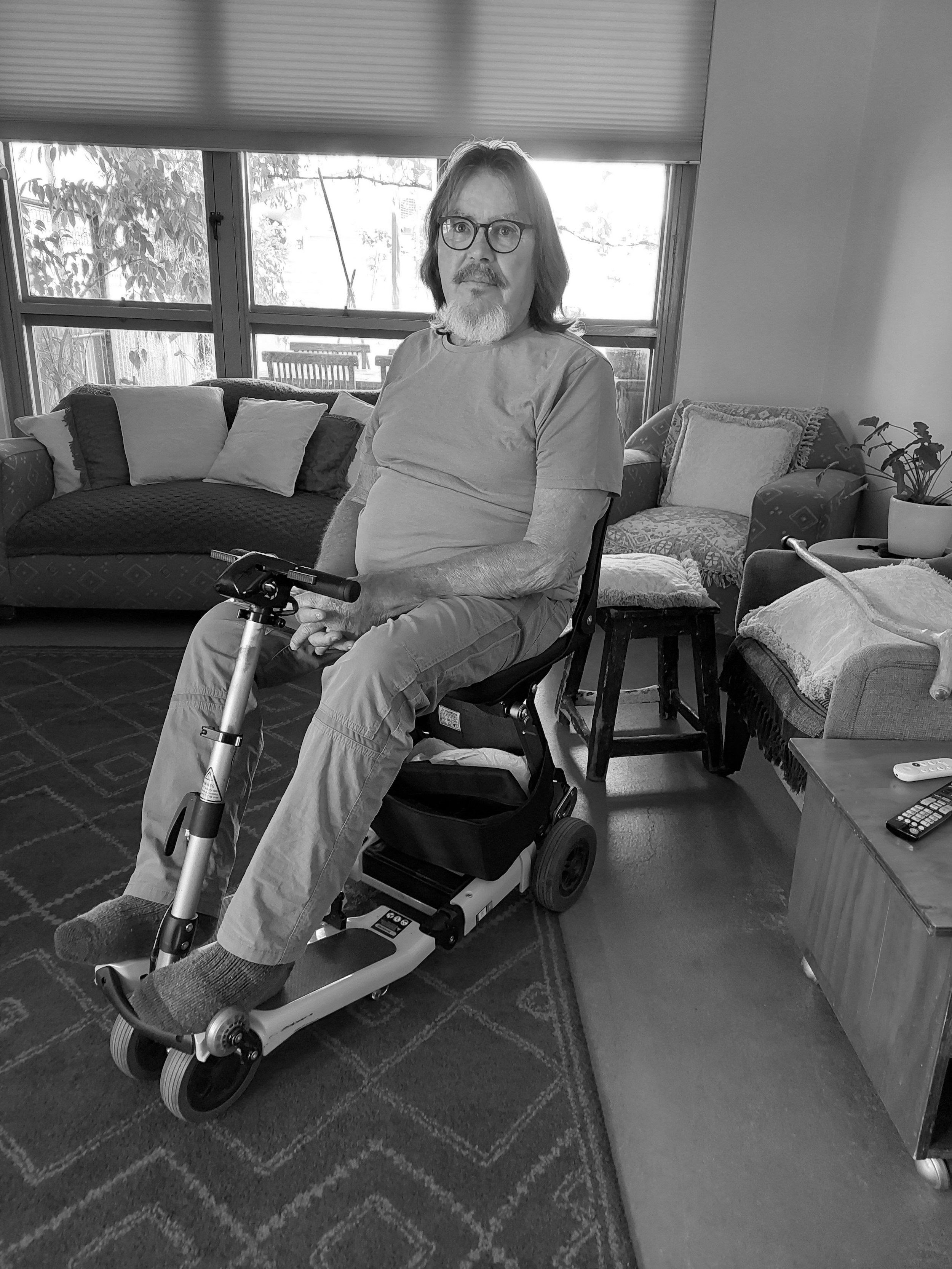
In 1953, just months shy of his sixth birthday, Paul Absalom contracted polio.
Almost 70 years later, Absalom continues to live with a curvature of the spine and an almost totally paralysed right leg, which means he requires a mobility scooter to get around as of three years ago.
"Polio comes on like a very bad flu, so I was taken to Hamilton Hospital and diagnosed there [after they took] some spinal fluid,” Absalom told Global Citizen. “I slept in a Thomas Splint, which is kind of like being crucified lying down, and eventually walked with callipers and crutches. In my late teens, the crutches were replaced with a walking stick and ankle-foot orthoses on my left leg and full calliper on my right leg.”
When asked whether he saw similarities between polio and COVID-19, Absalom said the parallels were unmistakable.
“My family had to isolate for a time when I contracted polio. Did you know that in 1937/38, the border between Victoria and New South Wales was closed because of polio?” he said. “I do not understand the hesitancy of people about vaccines as Australia has all but eradicated polio because of them. My message is vaccinate, vaccinate, vaccinate.”
ELIZABETH EDMONDSON — WESTERN AUSTRALIA
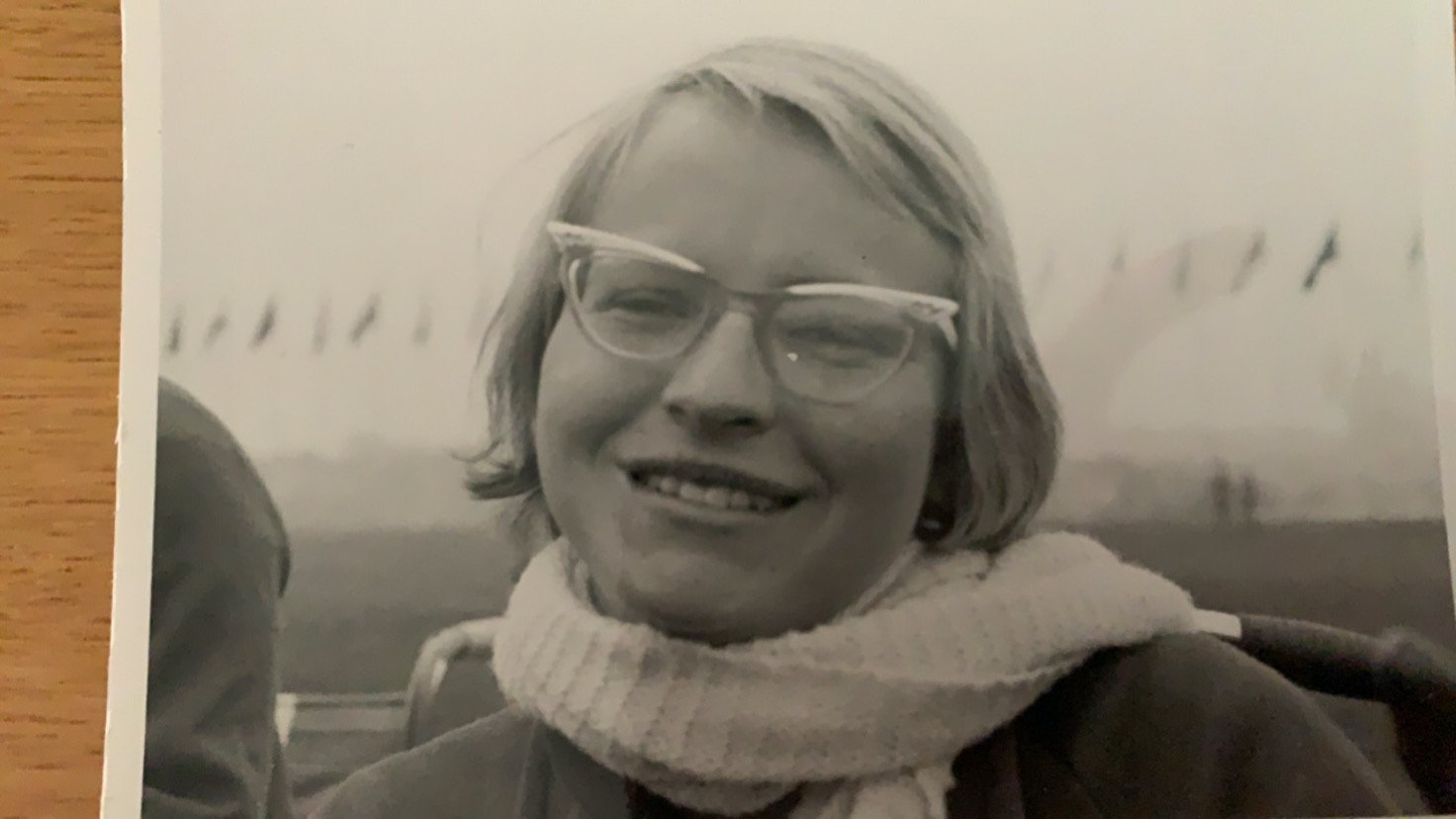
One day, 15-month-old Elizabeth Edmondson became listless, her legs weak.
She was diagnosed with polio.
The diagnosis, however, never held her back, with Edmondson becoming a Paralympian at age 14, winning several medals in the 1964 and 1968 Summer Paralympics for swimming. The incredible athlete said living with a disability for 70 years meant this year, she had no hesitation about receiving the COVID-19 vaccine.
"[I received the vaccine] to protect me, my family and the community,” Edmondson told Global Citizen, before explaining that the only way the world will be rid of polio is for every child to receive the vaccine. “As long as a single child remains infected, unvaccinated children all over the world are at risk of contracting polio. As a polio survivor I would not wish a life of polio on anyone.”
ALAN CAMERON — NEW SOUTH WALES
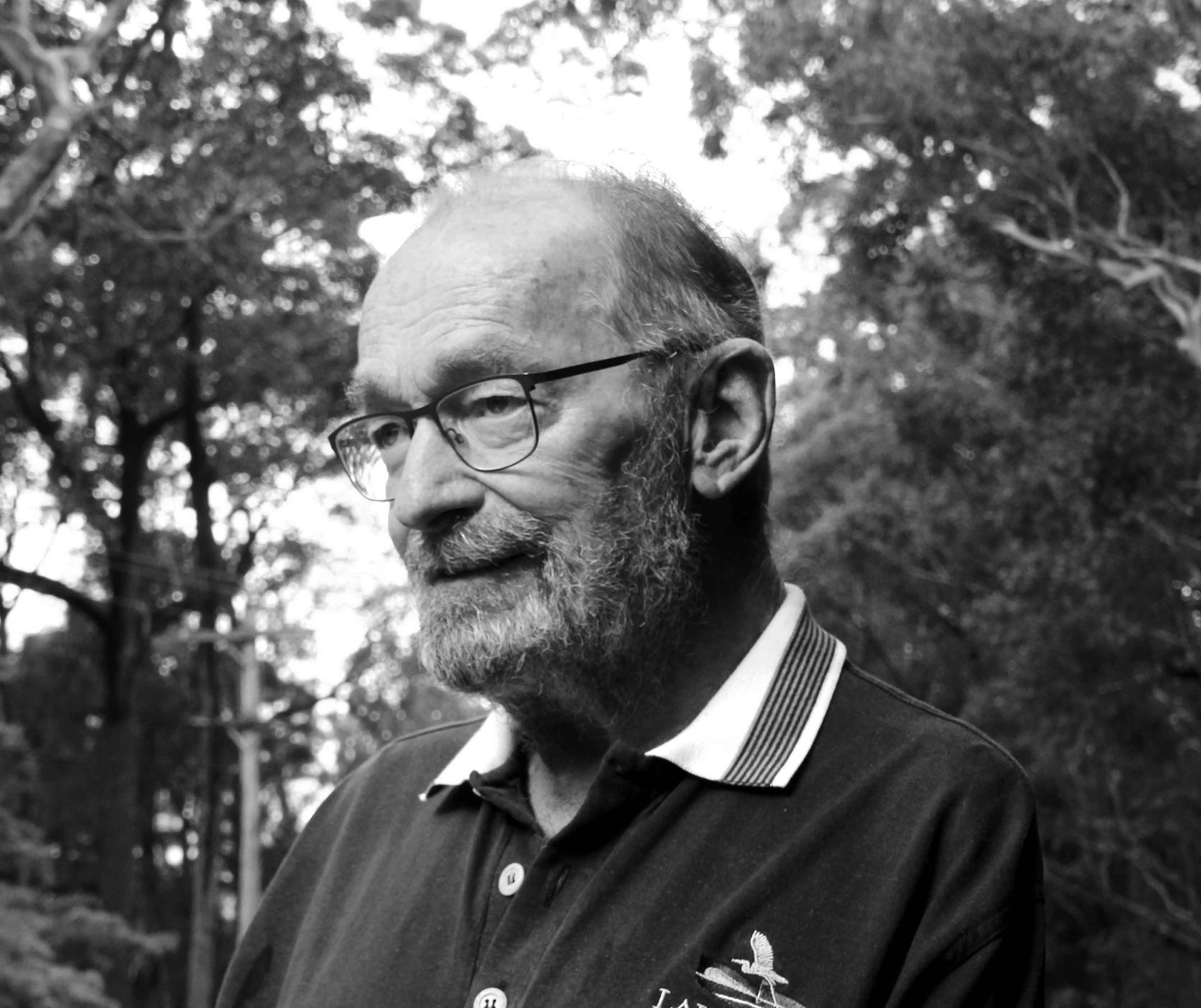
Alan Cameron had been fully vaccinated when he contracted polio, at the age of 13 in 1963, 10 years after the worst of the pandemic in Australia. These facts led Cameron to believe he “is the last polio patient in Australia who had been vaccinated.”
"Many people commented on how very unlucky I’d been, to which I usually respond, no, I am very lucky, because without the vaccination I’d be very, very dead,” the treasurer at Polio New South Wales — who has lived with “pretty minor” symptoms, namely a “useless” left arm — told Global Citizen.
Cameron said that he would love to see Australia continue to lead eradication efforts over the next few years.
"Australia has been at the forefront of the eradication effort for a long while now, and with the support of Rotary International, and more recently the Bill and Melinda Gates Foundation, fantastic progress has been made and we are on the cusp of eradication,” he said. “We must continue to push the effort. Fundamental to that effort has been keeping the awareness of polio alive here, with, unfortunately, a portion of our society thinking it no longer exists. Polio Australia has a leading role to play in that effort.”
Cameron then urged those hesitant to be vaccinated against COVID-19 to look at the success of the polio vaccine.
"For those in other parts of the world without adequate access to vaccines, that only adds this tragedy to their already disadvantaged position in regard to food, housing and wider health access. For people in Australia, who of course largely have access to vaccines and still don’t get the jab, I’m less sympathetic. I encourage them to actually read the information, understand the science and try and filter out the pseudo-science and conspiracy theories peddled by the anti-vaxxer brigade.”
DAVID LUCK — AUSTRALIAN CAPITAL TERRITORY
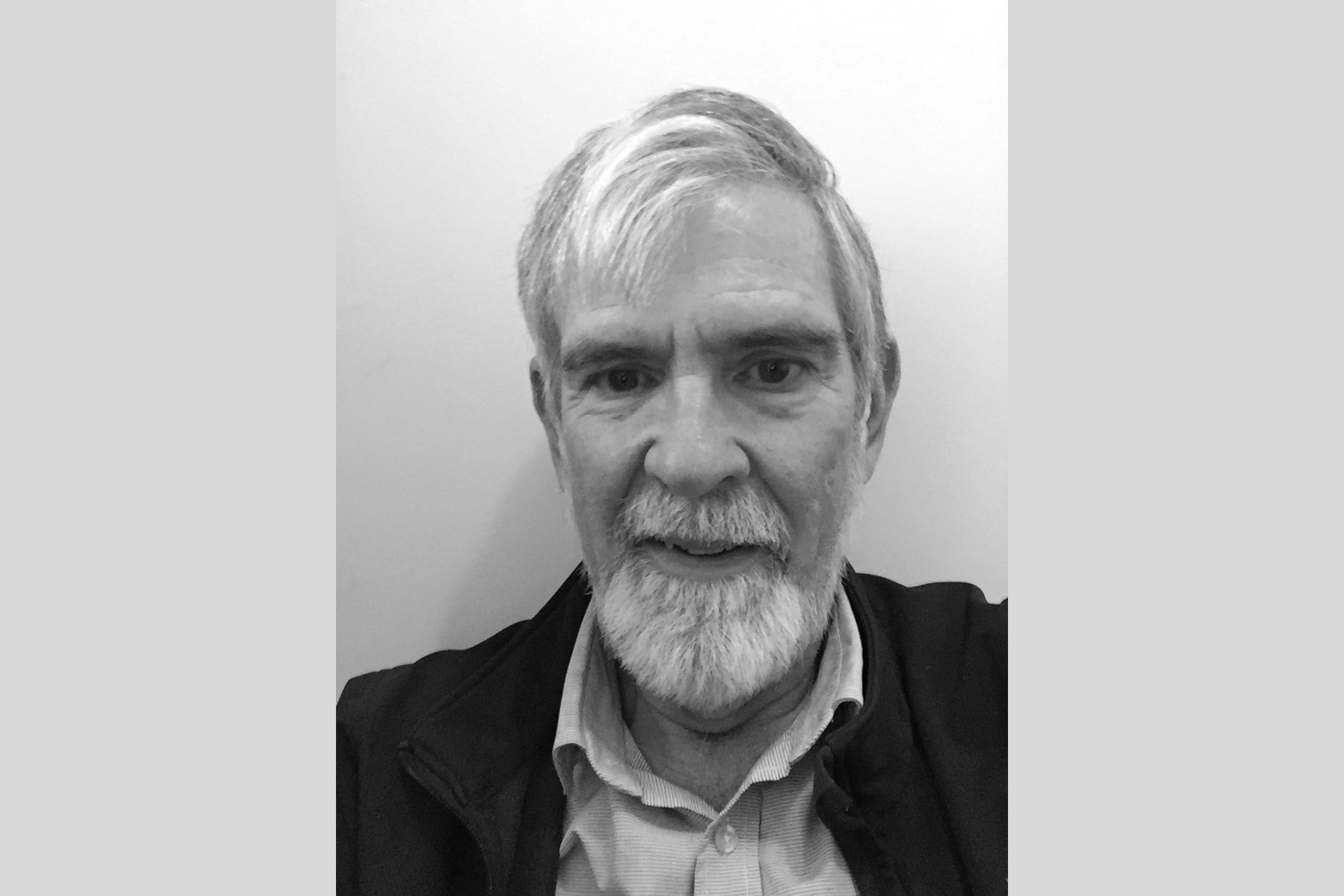
"I have always had polio, so I don’t know what life would have been like without it,” David Luck told Global Citizen.
The 71-year-old was diagnosed in 1950 when Rockhampton, Queensland, witnessed a polio outbreak.
"My polio was pretty stable until I reached my 30s,” Luck explained. “Gradually, my ability to walk deteriorated, and I started to use a walking stick all the time, rather than only for longer distances. This progressed to two sticks, a wheelchair and, in my 50s, a mobility scooter. I can still walk with two walking sticks but only for a few metres, and it is painful. But that ability enables me to take my scooter in my car, which gives me a great deal of freedom.”
"I, and most who have had polio, suffer from constant and chronic pains,” he added.
Luck has two key asks of the world and the Australian Government.
Firstly, the global community must prioritise vaccinating every child, he explained, before calling on the Australian Government to recognise that “polio is not over” and that a “large number of people are still suffering decades later.”
"Most polio sufferers are not eligible for support under the National Disability Insurance Scheme. That is because most were at least 65 years old when the scheme started in their state. A few younger sufferers have been lucky. For them, the scheme has been an amazing support,” Luck said. “Efforts to date by Polio Australia for the scheme to be open to all polio sufferers have not been successful. This would be the single most important help to most polio sufferers.”
GARY NEWTON — VICTORIA

Gary Newton was a healthy baby, learning to crawl and walk by nine months.
One day, Newton’s older sister went to lift the 15-month-old baby out of his crib, as she did every day after school, and found Newton was “like a ragdoll” with total paralysis. Doctors quickly provided a polio diagnosis.
Decades later, Newton is left with an almost 95% paralysis in both legs, and has lost 30% of use in both arms.
He’s adamant polio could be stamped out across the globe, so long as governments work together.
“I would love to see [the Australian] Government and other governments around the world actually talk to the leaders of the last two countries of the world that are yet to be free of polio: Afghanistan and Pakistan,” Newton said. “Whether that means sitting down with the Taliban and the current government of Pakistan and saying we are so close, let us come in and go through and test the water and vaccinate the children. Give us a month, and then kick us out. Let us do this work now and see if we can knock it on the head.”
CHANDRA SLUGGETT — SOUTH AUSTRALIA
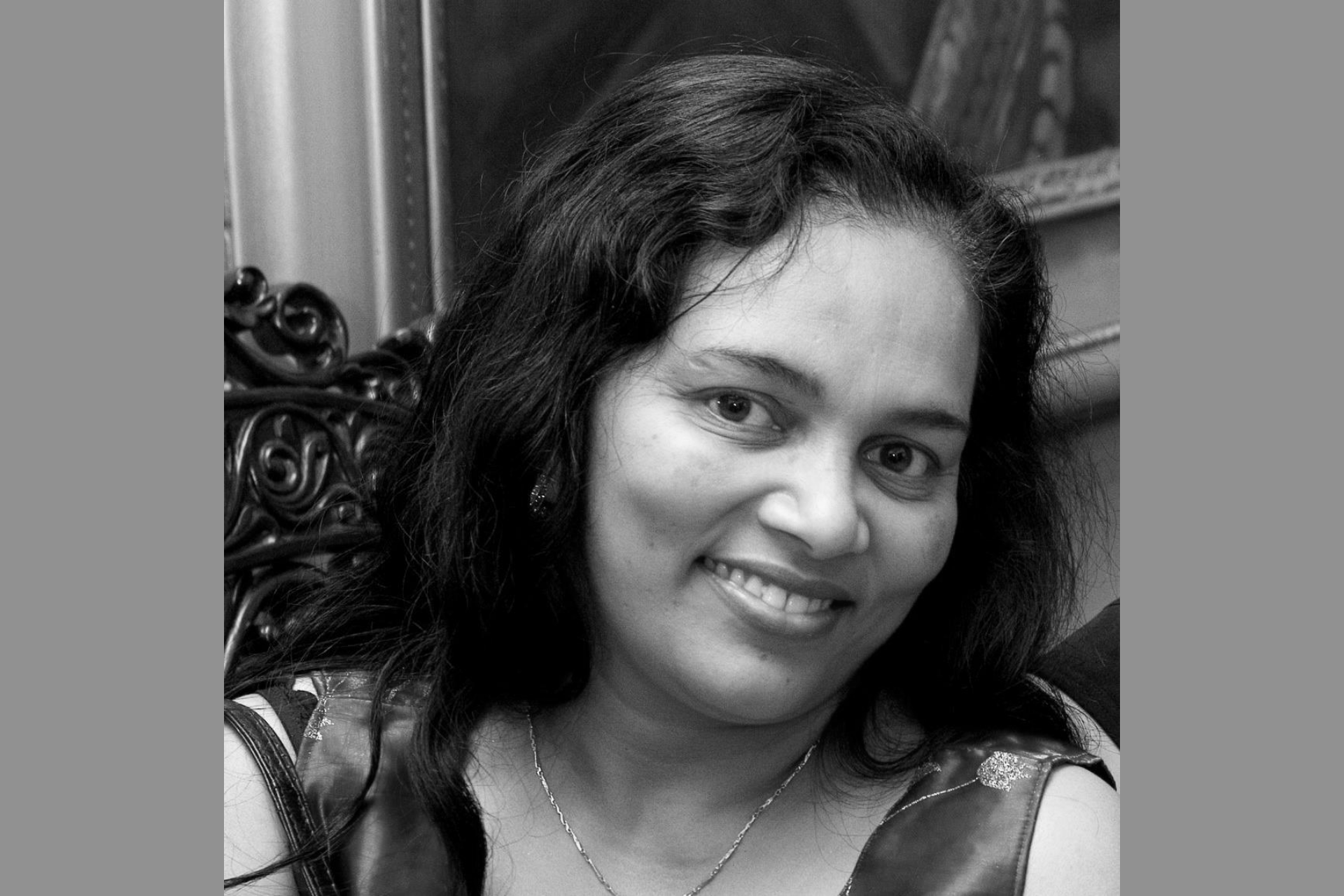
Chandra Sluggett doesn’t know when she first contracted polio. Prior to her adoption to Australia, at age 10, she remembers attending hospital and having the matrons put callipers on her legs in the Sri Lankan Buddhist orphanage that she called home.
In 1993, she was diagnosed with post-polio syndrome.
"I had to kiss goodbye to my dreams and my life goals. I was absolutely devastated. Until then, I had not heard about post-polio syndrome. I could not complete my postgraduate studies in social work because of it,” Chandra explained. “I exercised the Disability Discrimination Act process and it took me almost 10 years to exercise the legal processes. I returned and completed the post-graduate degree in social work in 2004.”
"Life is a struggle for most polio survivors because our lives are stuck in reverse,” Chandra added. “If it is this hard for us here in Australia, just imagine what it is like for those in Pakistan and Afghanistan, where polio is yet to be eradicated.”
The challenges Chandra has faced led her to want to dedicate much of her life to helping others.
"Because of the challenges I experienced living with polio disabilities, I joined a number of disability organisations to advocate for and to represent issues for polio survivors; working women with disabilities and migrant women with disabilities,” she said.
Despite setbacks, Chandra believes the end to polio is well within reach.
"To the world, please make a genuine commitment to end this preventable, crippling disease globally and don’t take away a child’s right to achieve his or her dream due to polio,” she said. “Every child has the same right to live free of preventable and crippling disease like polio, no matter where that child is living.”
Chandra also called out the key work of everyday individuals in the success of polio eradication.
"Regardless of the circumstances, like civil wars, conflict, famines, disasters and weather, everyday citizens continue to work tirelessly to eradicate polio. As a Rotarian, I know that many Rotarians around the world are committed to ending polio, and they take part in polio vaccination days every year.”
Chandra added: “Because of the efforts of everyday citizens, children can now dream of a better life.”